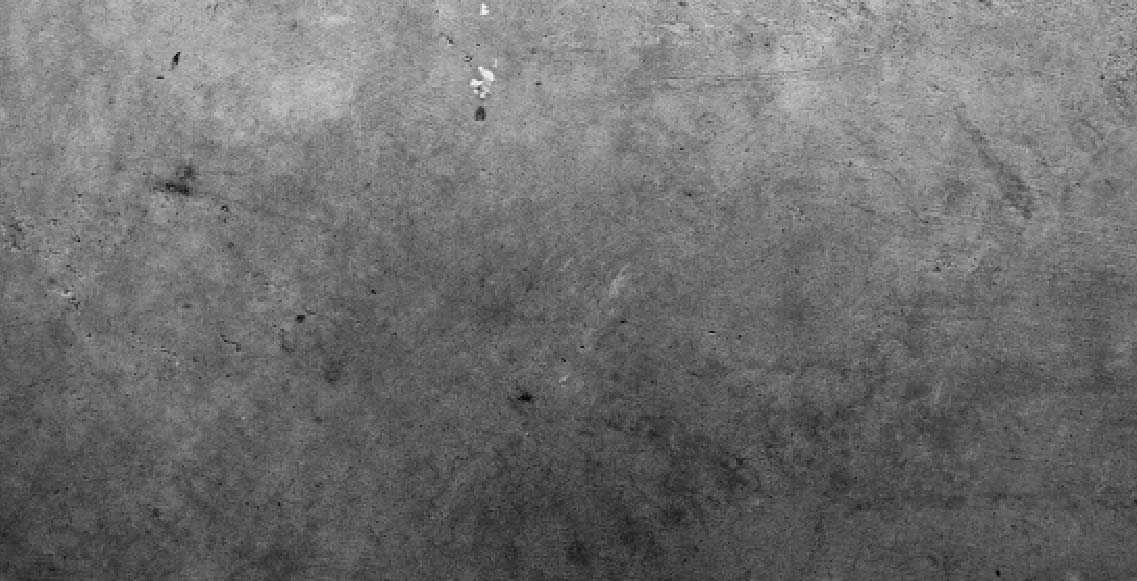We’ve talked about self-healing concrete on the blog before, but have you heard about the wonders of self-cleaning concrete? This fascinating material cleans itself while filtering pollutants out of the air. As a result, it maintains its color for far longer than traditional building materials. It doesn’t need to be replaced often, and it reduces general air pollution.
At Del Zotto Products of Florida, it’s no secret that we’re concrete fans. We’ve been looking into this groundbreaking development in the world of concrete, and we want you to be among the first to know about it.
The Invention
This innovative material was developed almost by accident. Luigi Cassar, an Italian chemist at cement manufacturer Italcementi, was trying to create a construction material which would keep its bright color even in polluted conditions, such as those found in big cities and industrial areas. While working on this product, he discovered the process of photocatalysis, which utilizes the sun’s energy to vaporize dirt. At the same time, he found that when the air around the photocatalysized concrete was tested, it contained 80 percent less nitrous oxide than expected—indicating that the concrete cleaned the air as well.
The Process
What makes self-cleaning concrete so amazing is that the cleaning happens without any scrubbing, thanks to the power of the sun. When light and heat strike the surface of the concrete, catalysts such as titanium oxides use the energy to break dirt into basic oxygen, water, carbon dioxide, nitrate and sulfate molecules. Those that take the form of gases float off the surface of the concrete. Liquid and solid pollutants are left behind to be washed away by rain. As the concrete cleans itself, it uses a similar process to purify the polluted air around it.
The Catch
Opponents of self-cleaning concrete have expressed concerns about the solid and liquid pollutants that do not float off the concrete. These materials are instead washed away by rain; therefore, they are likely to find their way into groundwater, rivers and lakes if left unchecked. For example, nitrates washed into rivers can cause algae blooms, which in turn deplete the water’s oxygen level. Clearly, if self-cleaning concrete becomes more mainstream, we will have to take measures to keep the runoff from ruining aquatic ecosystems.
Still, given the myriad benefits of using self-cleaning concrete, it’s worth looking into for widespread future use. The photocatalytic process not only keeps the concrete itself looking great, but also ensures the air around it is clean and safe to breathe. With a little innovation to overcome potential hazards, we expect self-cleaning concrete to be a viable construction staple.
Has this article about self-cleaning concrete heightened your interest in the concrete sector? Our team would love to talk precast forms and equipment with you. Contact us for more information, or feel free to send us questions on any of our social channels.


